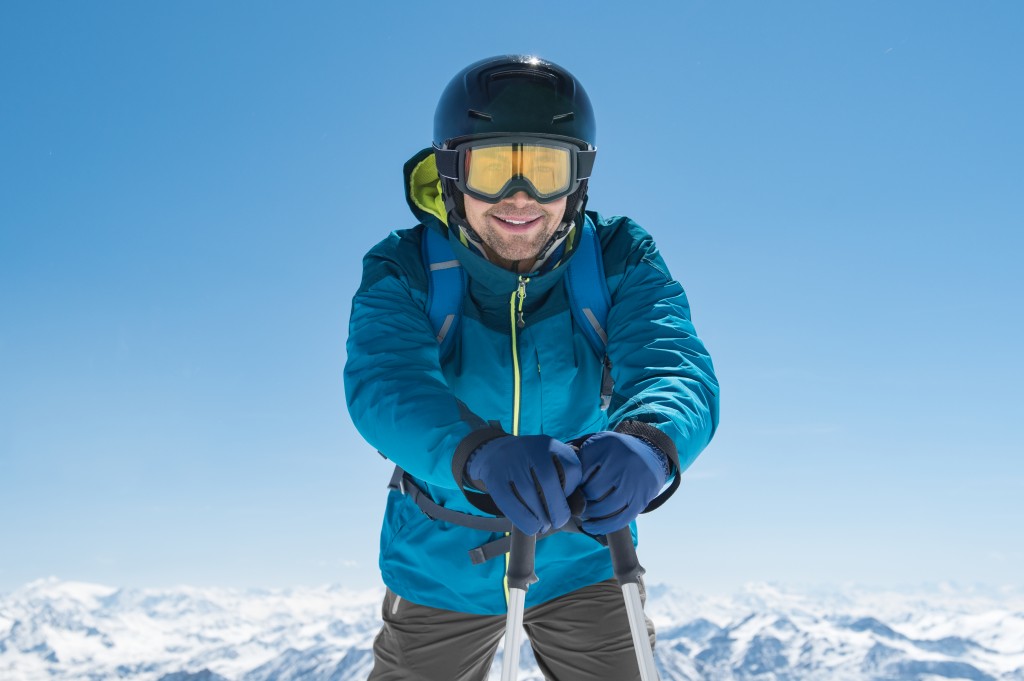The urge to hibernate is high during the cold season. The low temperatures make it uncomfortable to train outdoors, which makes your warm bed more tempting than anything else. However, missing just a week or so of training can already cause deconditioning, a physiological phenomenon that results in the loss of power, speed, endurance, and other athletic abilities.
Don’t let your months or years of training go to waste just because it’s cold outside. To keep yourself warm and comfortable while training outdoors, here are some essential tips that you should know:
1. Dress in synthetic fibers
Getting sweaty during training is inevitable, no matter how cold it is. If you wear cotton while training in the cold, you may have noticed that the fabric stays wet and gets cold easily. This is because cotton absorbs moisture, and water is a great conductor of heat. Not only is exercising in damp clothes extremely uncomfortable, but it also increases your risk of hypothermia.
To allow sweat to dry quickly, wear clothes made from synthetic fibers, such as nylon, polyester, and polypropylene.
2. Choose the right clothes for your sport
The best clothes to wear during a cold training day depends on your sport or exercise. For instance, if you ski, you’re getting a lot of wind, which means that you should wear breathable layers that will keep you warm without impeding your speed. Additionally, you should wear a helmet liner along with your Giro women’s ski helmet to provide additional warmth aside from your ski cap.
3. Wear layers
Start with a moisture-wicking base layer that will keep moisture away from your body as you exercise. Wear a middle layer if the temperature calls for it, such as a down jacket or a polyester fleece. If it’s snowing, raining, or windy, put on an outer layer, such as a waterproof jacket or nylon windbreaker, to protect your body from the elements and keep heat inside.
4. Eat nutrient-rich snacks
High-protein, low-fat foods generate more warmth than high-carb foods. During cold training days, opt for nutrient-dense snacks with a higher percentage of protein than fat and carbohydrates. Here are several heat-producing ingredients that you should include in your pre-training meals and in-between snacks.
5. Bring a heat pack
A liquid heat pack is a nice little gadget to have when training outside. When you want to have extra warmth on your hands or head, you simply have to activate the heat pack and place it inside your hat or in your gloves. Bring multiple pieces if you plan to train all day as a heat pack will need to be boiled in water to regain its heating capacity again.
6. Keep your skin moisturized
Cold air can easily dry out your skin and cause a lot of discomfort, especially in sensitive areas like your nostrils, lips, nose, and ears. Prevent your skin from drying out by drinking plenty of water before, during, and after your training session. In addition to that, rub moisturizer or lotion on your skin at least a few minutes before going out, and don’t forget to apply Vaseline to sensitive areas that are most susceptible to drying out.
7. Apply sunscreen
Yes, you can still get a sunburn even when it’s cold outside, especially if you’re doing winter sports in the mountains where UV exposure is greater. That said, apply sunscreen with at least 30 SPF to all exposed areas of your body and rub your lips with an SPF lip balm as well.
8. Wear a bandana
Cold weather tends to make airway passages narrow, which makes inhalation more challenging. Moreover, breathing in cold air through your nose can cause your nostrils to dry out and become irritated, adding to your discomfort.
A great way to prevent this problem is to wear a bandana around your mouth. This makes the air moister as you breathe and makes it less difficult to inhale, especially when you are exerting yourself and breathing faster than usual.
9. Go towards the wind at first
When performing a looping exercise, such as running or cycling, go against the direction of the wind at the start. Then, when going back, head in the other direction. Doing this ensures that when you have already broken a sweat, you aren’t fighting the wind chill as much, thus reducing your risk of hypothermia.
Training in cold, let alone freezing, weather can be extremely uncomfortable–but it doesn’t have to be. With these tips, you should be able to train as you normally would even if it’s cold outside, keeping your body conditioned and ready for the next triathlon, match, or competition.




